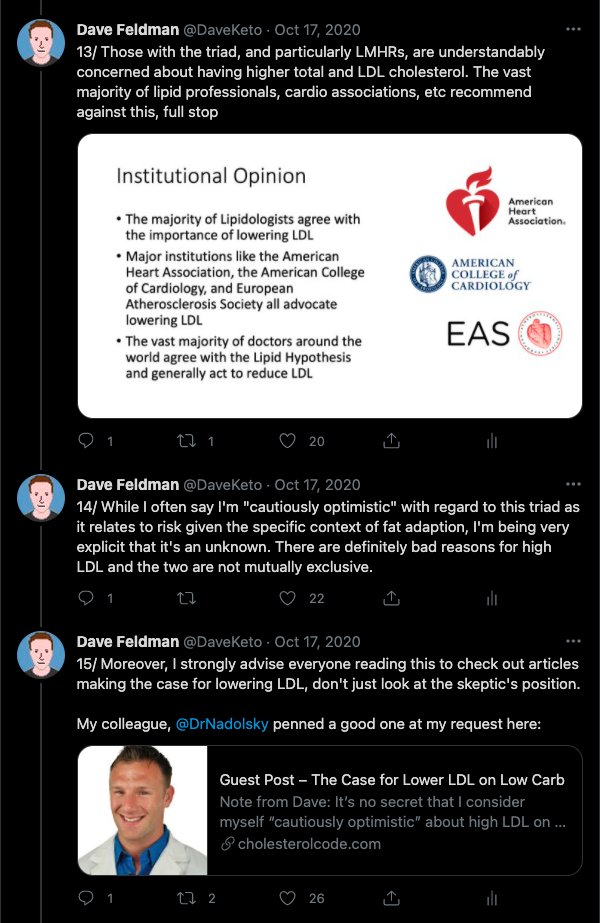
1/ New #LipidEnergyModel video on ANGPTL proteins via @nicknorwitz
And a few added thoughts...
ANGPTLs are *all* inhibitors. They are applying the breaks to the Lipoprotein Lipase (LPL) in particular.
So consider this analogy...
And a few added thoughts...
ANGPTLs are *all* inhibitors. They are applying the breaks to the Lipoprotein Lipase (LPL) in particular.
So consider this analogy...
https://twitter.com/nicknorwitz/status/1441750404811792390
2/ Imagine a room full of people at tables being served with trays of food regularly coming from the kitchen moved around the room by waiters.
No one is particularly famished, but they aren't especially full either, so they are absently taking food off the trays to maintain...
No one is particularly famished, but they aren't especially full either, so they are absently taking food off the trays to maintain...
3/ However, a few guests at one table leave to get some exercise and return quit hungry.
And here's the catch: You can't tell specific people to do specific things (including the waiters), but you can say things to the entire room. Is there a way to solve this puzzle?
And here's the catch: You can't tell specific people to do specific things (including the waiters), but you can say things to the entire room. Is there a way to solve this puzzle?
4/ Yes, there is... you can announce to the room you'd like them to take less food unless they, themselves are especially hungry.
You're applying the breaks globally, yet allowing for individuals to veto this action locally.
That's effectively how ANGPTLs work
You're applying the breaks globally, yet allowing for individuals to veto this action locally.
That's effectively how ANGPTLs work
5/ Which is why there's been greater focus on this important aspect of regulation for Lipoprotein Lipase and how central it is to the #LipidEnergyModel (#LEM)
And yes, unsurprisingly, diseases that impact ANGPTLs and/or LPL have a clear impact on their resulting lipid profiles.
And yes, unsurprisingly, diseases that impact ANGPTLs and/or LPL have a clear impact on their resulting lipid profiles.
• • •
Missing some Tweet in this thread? You can try to
force a refresh







